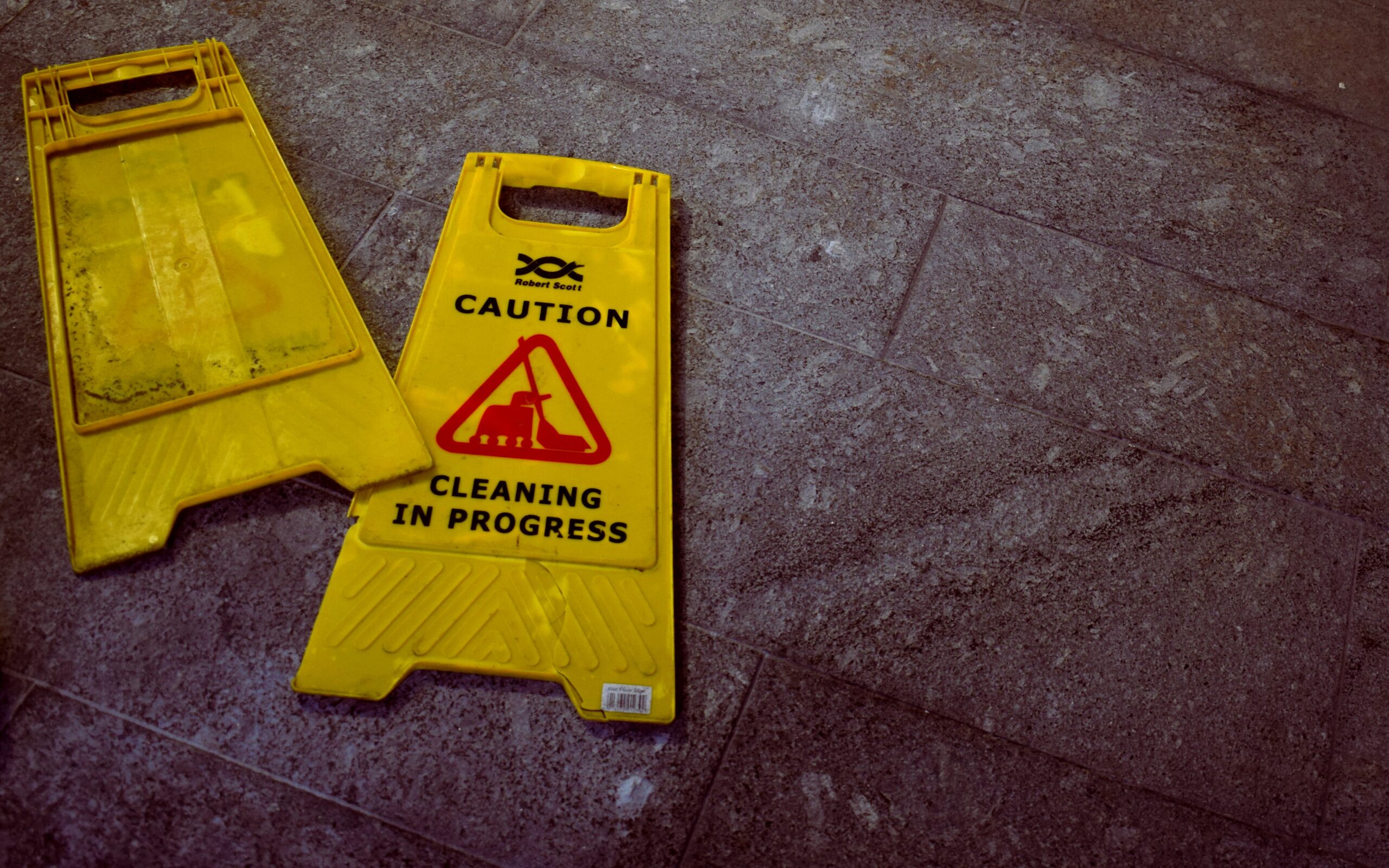
25 Aug Will Bleach Kill Mold?
When it comes to mold remediation, household bleach can be a cost effective solution. However, depending on where the mold is growing, bleach can’t always provide a deep clean. Mold forms on damp surfaces, but it can also grow below the surface of some materials. If cleaned or removed improperly, the mold will simply continue to thrive.
Mold can lead to health concerns and property damage if not handled properly. Getting an inspection from a professional mold remediation company like Pure Maintenance NE is the first step you should take if you suspect you have a mold infestation in your home or office.
Symptoms of Mold Toxicity
Mold allergy symptoms include sneezing, runny nose, fatigue, and are very similar to common cold symptoms or seasonal allergies. Symptoms of mold toxicity are more severe, and can include:
- Sneezing
- Runny or stuffy nose
- Coughing and nasal drip
- Itchy eyes, nose, and throat
- Watery eyes
- Dry, scaly skin
The severity of your symptoms will vary depending on the amount of mold present, the length of time you were exposed to the mold, and whether or not you have any underlying health conditions. Infants and elderly people may experience different symptoms, and can be affected more severely.
If you suspect that mold toxins are affecting your living space, try our Visual Contact Sensitivity Testing or seek immediate medical attention.
Using Bleach to Kill Mold
Bleach is a strong and effective disinfectant. Its active ingredient, sodium hypochlorite, alters the natural qualities of protein in microorganisms. Therefore, it is extremely effective in killing bacteria, fungus, and viruses.
However, bleach is a skin irritant and it reacts readily with other chemicals. Because it can damage your airways, bleach is best used with caution. Overuse or misuse can lead to inaccurate disinfections. For instance, if used improperly against mold, it can just cause further damage. Chlorine bleach can simply strip the color of mold while still leaving the mold intact. It can also leave metal surfaces corroded. Health conditions caused by bleach that is too concentrated can include eye, throat, and skin irritation.
Bleach can be used to remove traces of mold on hard surfaces. However, bleach is ineffective on porous surfaces such as wood or drywall. Mold seeps its way into a porous material, while bleach can only penetrate the surface. Therefore, mold will continue to grow underneath and inside despite being cleaned with bleach.
Mold Removal in NE
At Pure Maintenance NE, we provide highly efficient, cost-effective alternatives to traditional mold remediation. Our safe, demolition-free dry fog technology is guaranteed to remove mold from your home or office long-term. Contact us today for a free inspection.
Photo by Kelly Sikkema on Unsplash




Pingback:Mold vs Mildew: Is There a Difference? | Pure Maintenance NE
Posted at 17:45h, 03 December[…] general, you can remove mildew by scrubbing with an everyday household cleaner like a bleach solution. Once you clean it off, it should not reappear. Mold, on the other hand, requires […]